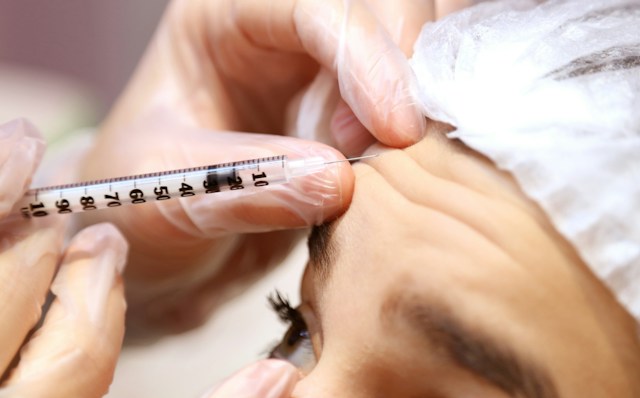When it comes to popular nonsurgical cosmetic treatments, Botox and Dysport come up often. These injectables have gained immense popularity for their ability to reduce wrinkles and fine lines, leaving clients with a more youthful appearance. While both effectively achieve this goal, they are not the same.
Let’s delve into the key differences between Dysport and Botox to help you decide which treatment might be right for you.
The Active Ingredient
One of the most significant differences between Botox and Dysport lies in their active ingredients. Botox (onabotulinumtoxinA) and Dysport (abobotulinumtoxinA) are both from the same family of neurotoxins. However, they are not identical, and slight variations in their chemical structures can lead to differences in how they work.
Onset of Action
Another essential aspect to consider is the time it takes for these treatments to take effect. Botox tends to have a slightly slower onset, usually taking three to five days to see the full results. In contrast, Dysport tends to act more quickly, with results often noticeable within two to four days. The difference in onset might be a factor to consider if you have a specific event or occasion in mind.
Diffusion and Spread
Another one of the many differences between Dysport and Botox is their diffusion and spread once injected. Dysport has a slightly broader spread, so it can effectively treat larger areas with fewer injection points. On the other hand, Botox has a more concentrated spread, which might be preferred when targeting smaller, more precise areas.
Unit Conversion
When comparing Botox and Dysport, it’s essential to understand the unit conversion factor. Dysport has a lower concentration than Botox, implying a larger quantity is necessary to realize outcomes similar to a Botox procedure. Generally, a single unit of Botox equates to three units of Dysport. Although Dysport comes at a lesser cost per unit compared to Botox, the overall expense for treatment tends to level out due to the increased number of Dysport units required.
Duration of Results
The longevity of the effects is another difference between Dysport and Botox. On average, Botox can last anywhere from three to four months, while Dysport typically provides results for a shorter duration. Results can also vary depending on an individual’s metabolism, lifestyle, and the location of the injections. The choice between the two can also depend on your preferences for how often you want to receive treatments and your desired maintenance schedule.
Conclusion
Botox and Dysport offer effective solutions for combating signs of aging, and the choice between the two ultimately depends on your specific goals, expectations, and the guidance of a qualified practitioner. It’s best to consult a trusted medical professional to help you determine which treatment aligns best with your aesthetic aspirations. Regardless of your choice, both have proven track records in enhancing one’s natural beauty and self-confidence.

